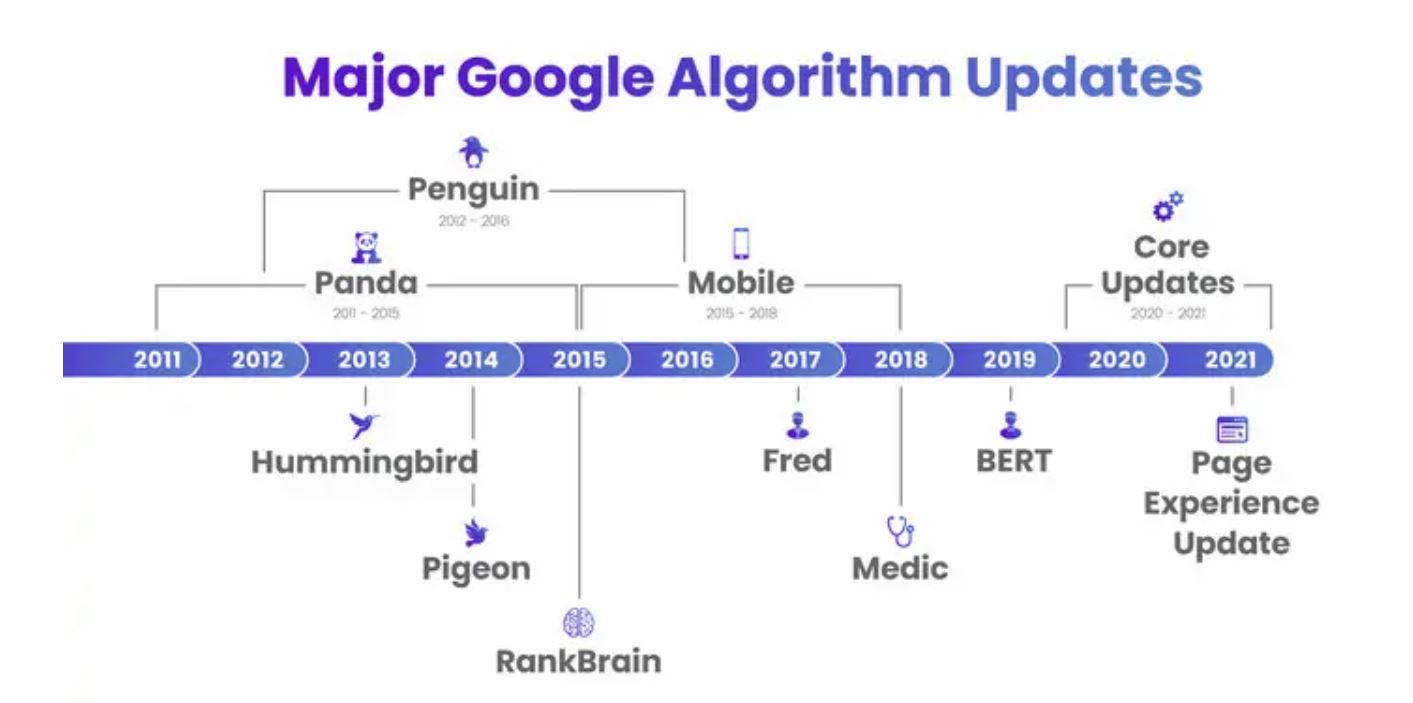What is an Algorithm [and how do they determine what we see online?]


An algorithm is a set of instructions or rules that is followed to complete a process as those rules intended. Algorithms can be exceedingly simple, or incredibly complex, depending on the task or tasks they must solve for.
No matter the algorithm’s simplicity or complexity, there will always be input and output. But the considerations that must be made (quantity of input), and the number of required steps between input and output, are where things can get complicated.
In the online world, much of this data digestion, analysis, and eventual output is accomplished through machine learning, but what individual factors those machines consider—and how much weight is given to each—is still heavily influenced at the human level.
If we had to sum up our thoughts on algorithms in four words, we’d borrow a well-known tagline from the one-and-only Martha Stewart—”it’s a good thing.”
Simply put, algorithms have earned themselves a bit of an undeserved bad reputation. When we dive into the language people use when discussing or researching algorithms, we find much of it is directed at how to circumvent them.
Algorithms are not something you work against; they are something you work with.
Let’s look at just a few algorithm-related keyword phrase examples from SEMrush, with the average number of users who search each phrase in a given month:
Source: SEMrush.com Data – December 2021
So if algorithms are a good thing, why do so many people want to find a workaround? We can’t speak for everyone, but we have a pretty good guess on two of the most common reasons:
Let’s explore both of those reasons…
Algorithms working in their favor is what helps brands and advertisers accomplish their goals. But to win that favor, you must first focus on the algorithms’ goals.
At first glance, that can understandably feel like the algorithm is the enemy. You have enough to worry about without meeting its needs first! But the algorithms’ goals are very closely aligned with your own; giving the people more of what they want.
Whether we’re talking about Google, Instagram, TikTok, or any other company, service or platform fueled in part by algorithms, user experience is at the very core of its goals. The people staring back at the screen are what matters. Do a stellar job at making them happy, and may the algorithms work ever in your favor.
To understand why algorithms themselves might change, you must first accept that their purpose is to reliably and accurately accomplish a goal or set of goals. In the digital world, those goals are often oriented toward a more positive user experience.
Let’s use Google algorithm changes as an example, first identifying their business goal.

Google’s overarching goal is providing searchers with the best results possible to satisfy their query. Ideally, this will be accomplished on the ‘first try,’ and won’t require that searchers have to scroll through multiple SERPs, or perform additional searches, to find what they were looking for.

Among the most impactful information and ranking signals Google considers are:
The more lofty and complex the goals—and the more data that must be processed to reach them—the more likely it is the algorithm will need to be updated more frequently. In the case of Google algorithm updates, for example, minor changes are made daily, with larger core updates (that have a more noticeable impact) being rolled out less frequently.
Because the physical and digital world that exists beyond algorithms will naturally continue to evolve, the algorithm itself must also be adjusted to continue accomplishing its goals with these evolutions in mind.
Not necessarily! In certain situations, your personal preferences can still trump an algorithm, particularly if those preferences are intentional selections/choices you’ve made. Additionally, since many algorithms rely heavily on your past actions, your ‘control’ is already baked-in from the outset.
Let’s look to social media algorithms as an example…
Similar to Google, social media platforms want to show their users the information that is most likely to interest them. But they don’t want to just get it right the first time; they want to continually build an engaging feed.
Whereas Google wants to help you find what you want quickly, social media wants you to stick around for awhile.
While each social platform’s algorithms are unique, their primary goals are the same. Showing people what they want to see is what keeps users coming back to the platform, scrolling through pictures, videos, and text-based updates and shares for hours on end. But how can that be accomplished?
Social media platforms have their own sets of signals. While quality inbound links serve as ‘votes’ for a website, the social media version of links is engagement—including dwell time, likes, shares, and comments—both overall, and for/from that individual. That said, certain things can be intentionally hidden.
For example, if you’ve hidden or blocked a person, company, or brand on social media, you aren’t going to see their updates even if they would otherwise be algorithmically delivered to you.
It’s important to remember that the goals of an algorithm often stay the same; the algorithm itself simply has to change to continue meeting those goals. So…focus on the goals! Those are reflective of good business practices to follow in any scenario.
Want to learn more? Check out all our algorithm deep dives:

Notifications